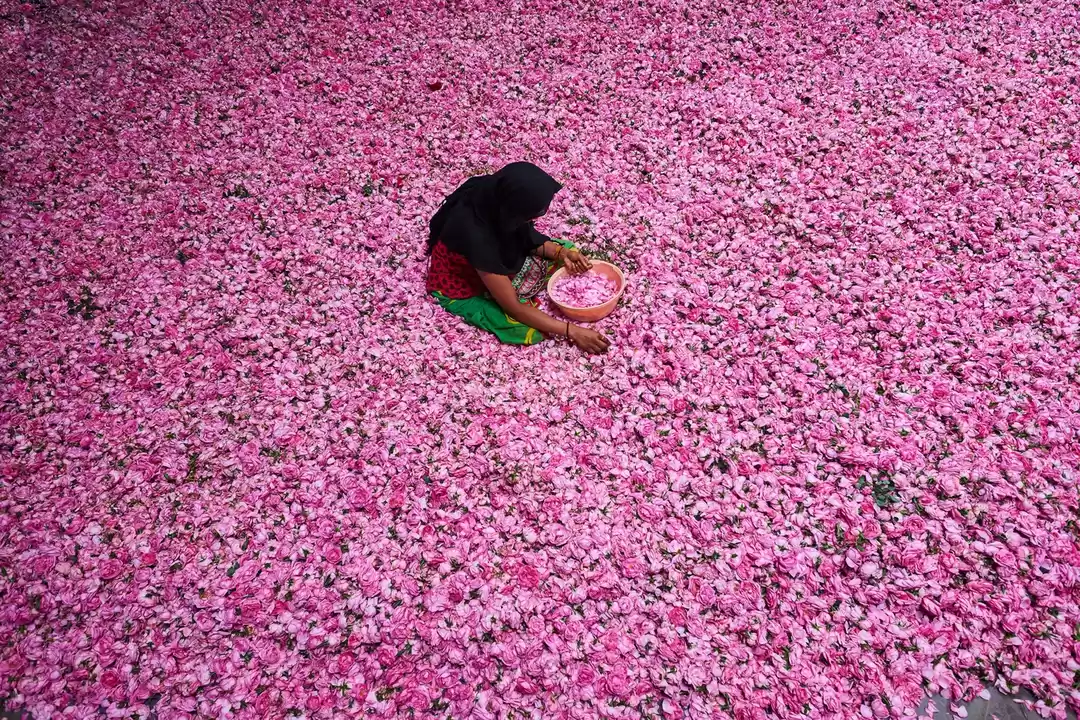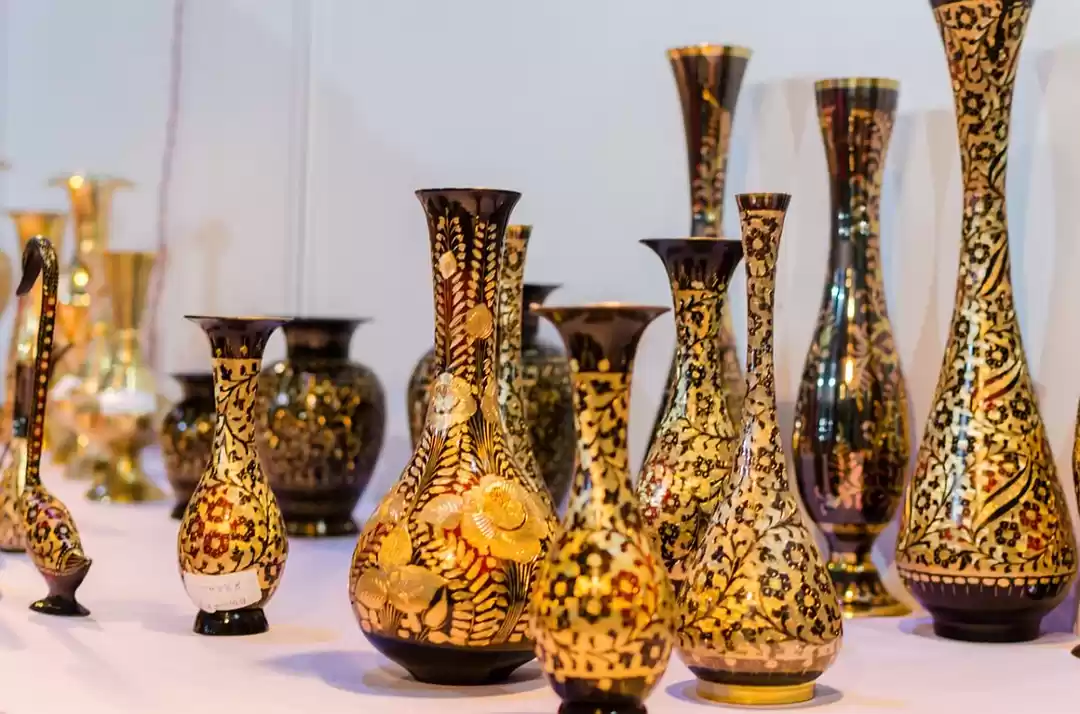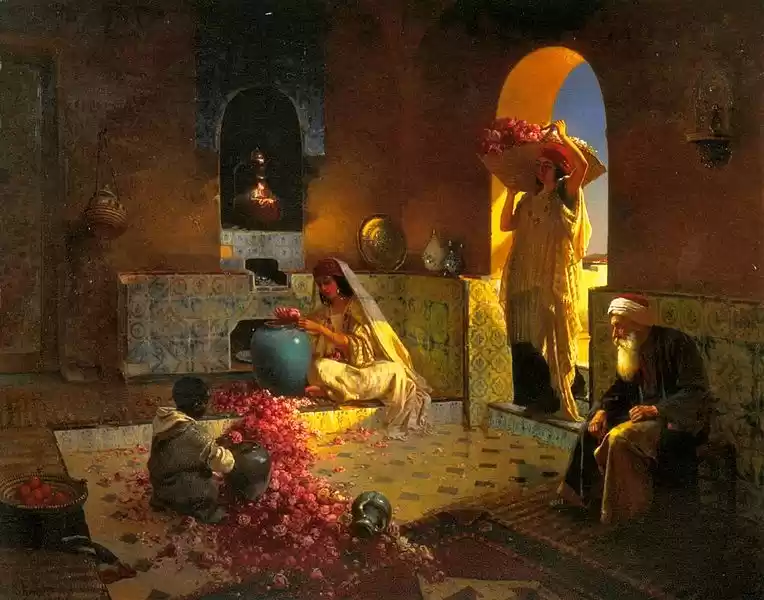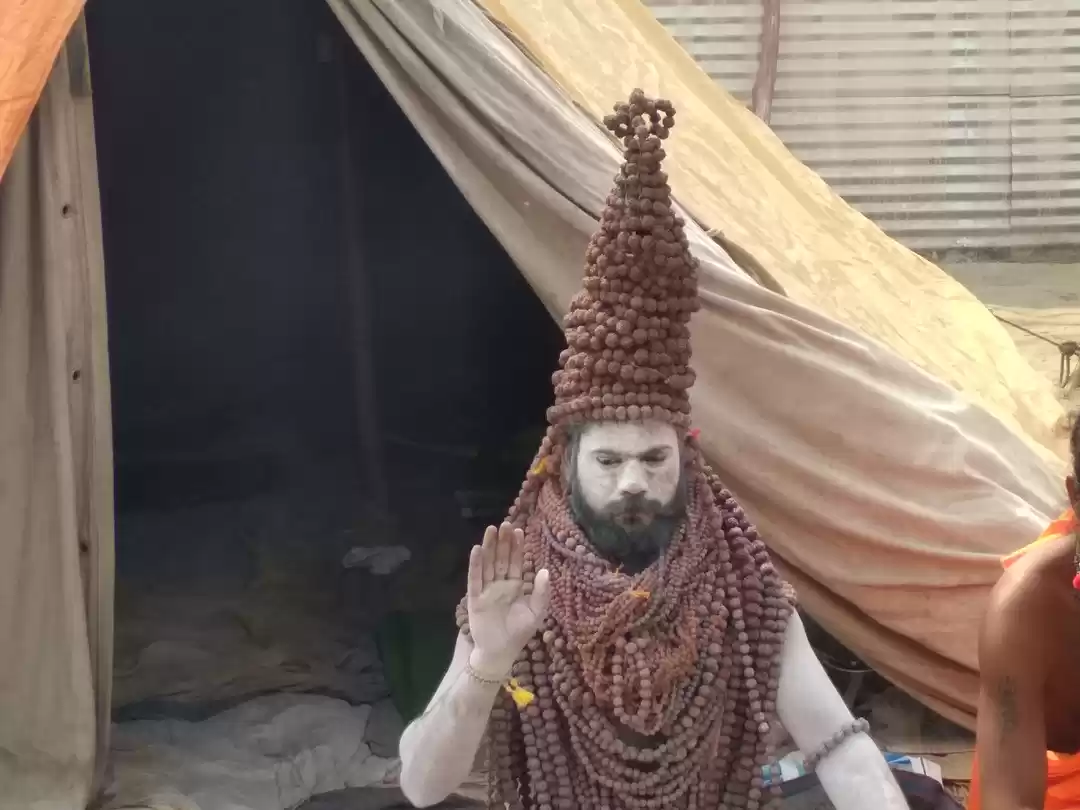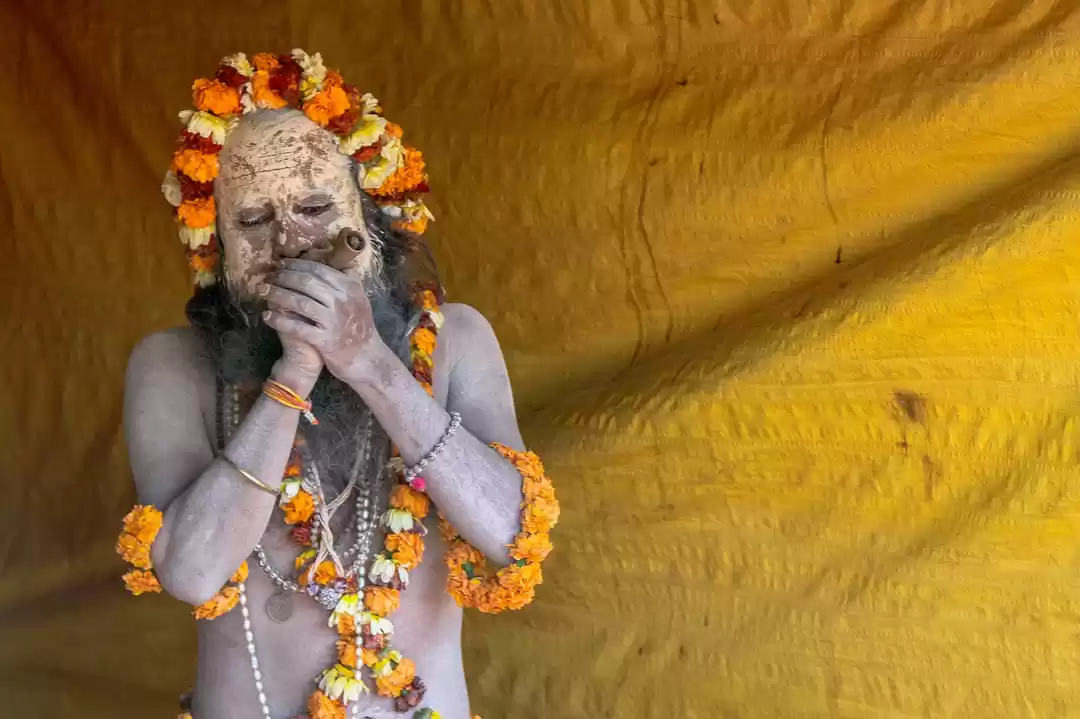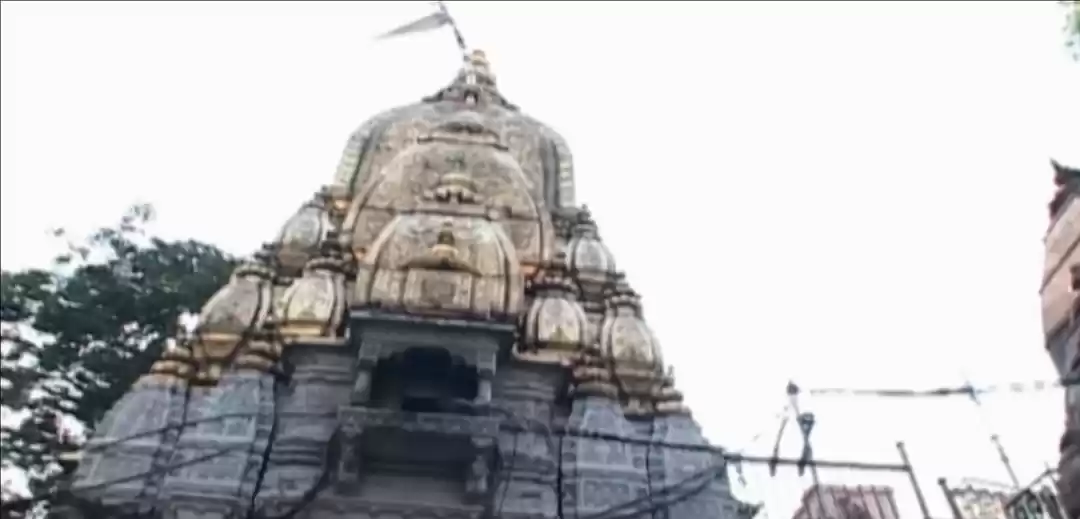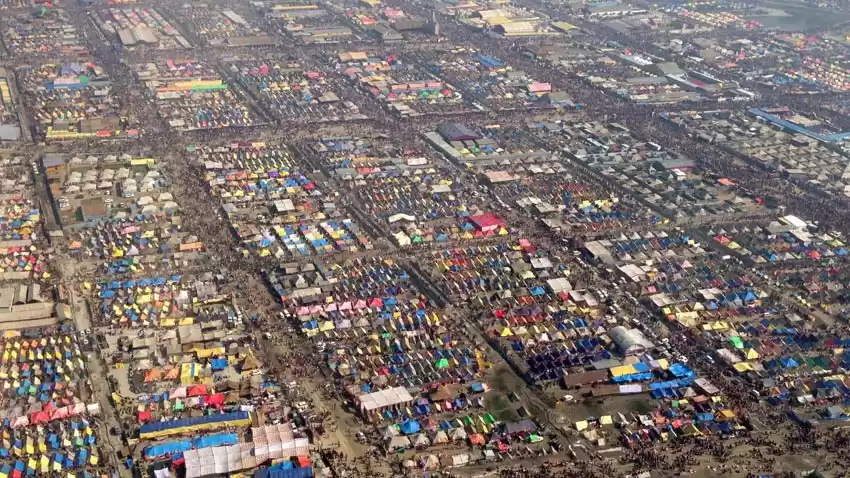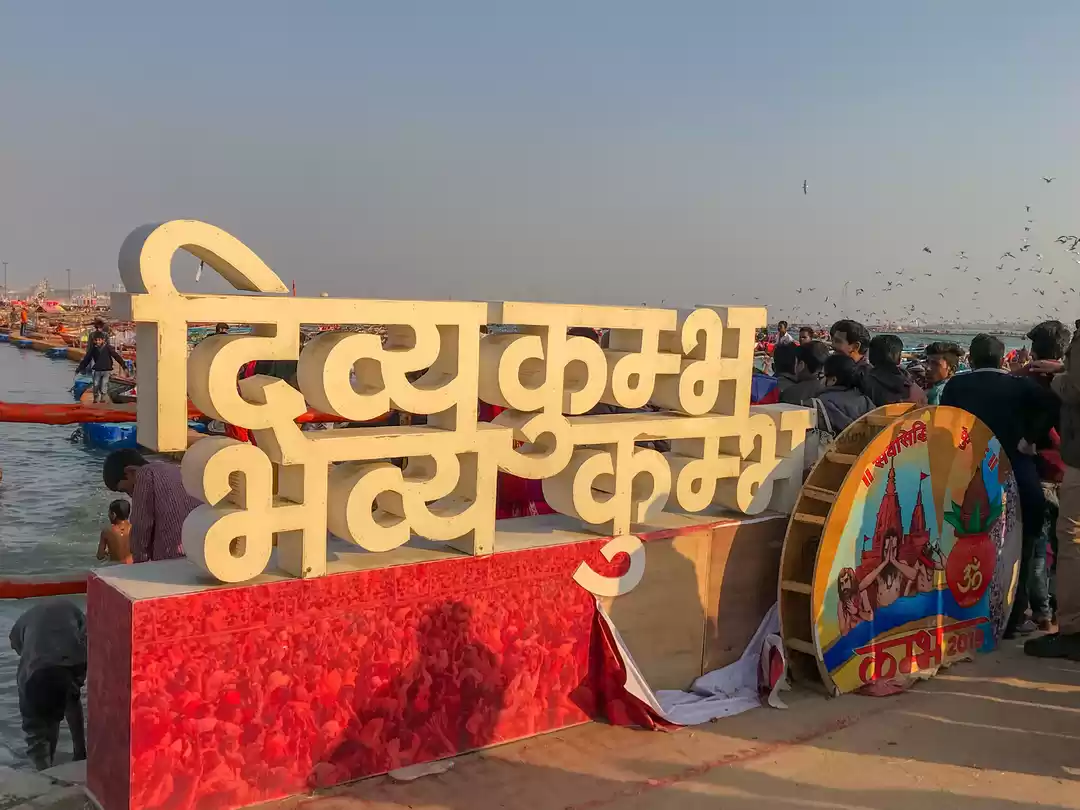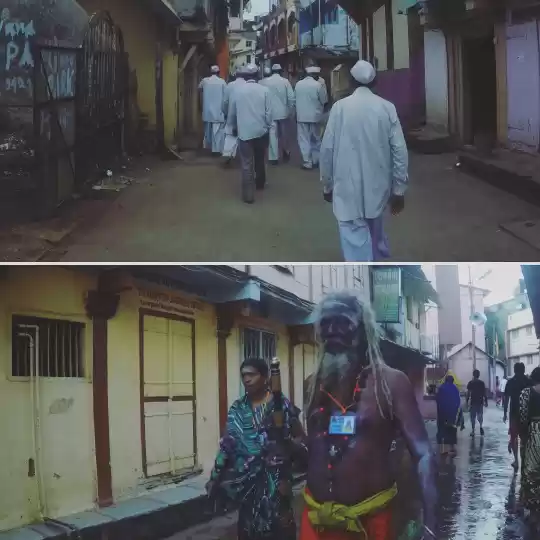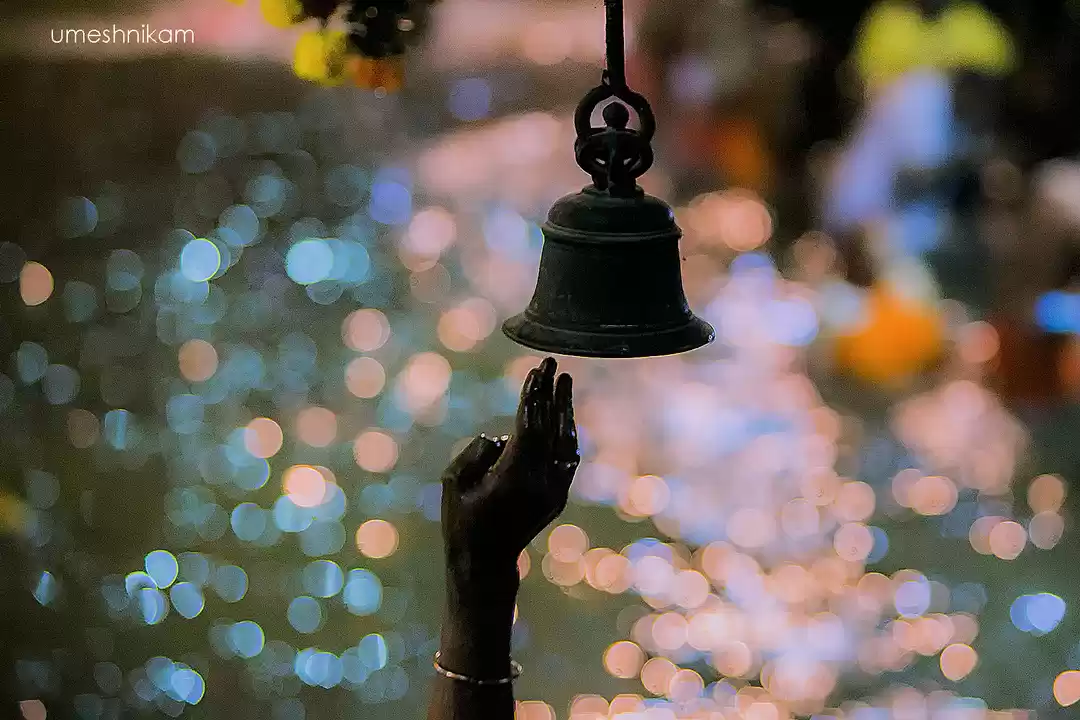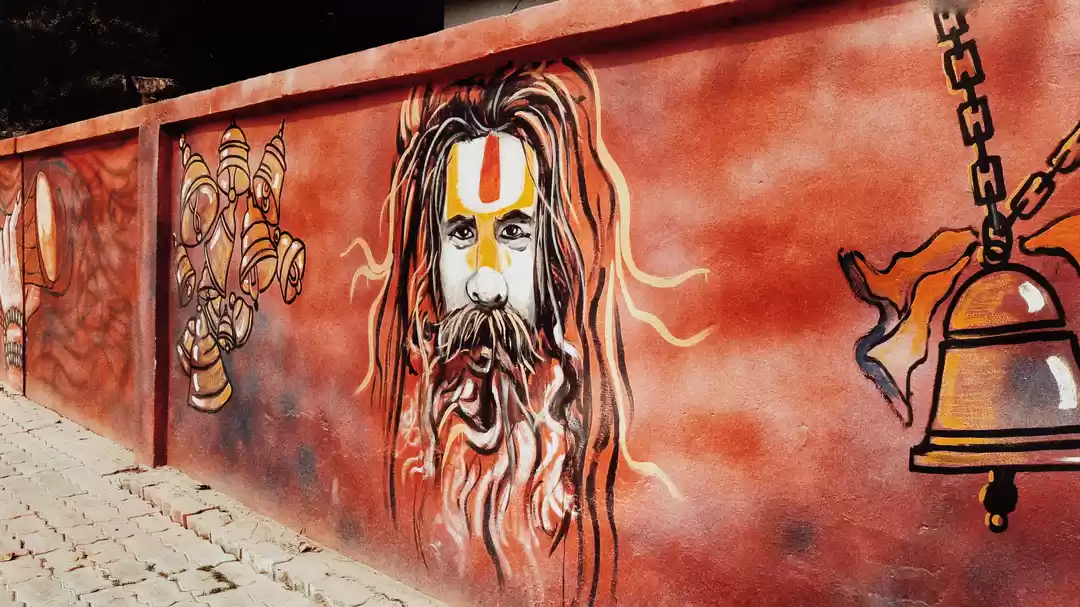
Kumbh is the oldest religious gathering known to man. Even looking into the deepest depths of ancient history it is almost impossible to track a date on the exact origin. Not only was this gathering attended by holy men of all castes and creeds but also by the Kings, Nobles, and the public at large, who made it a focus of pilgrimage.
Though this gathering was related to the holy men and some also say God, the entire event has now become an international occurrence closely watched by the world at large.

When I planned out my trip to visit Kumbh, I was having no clue about the amazing experience it would be. Meeting all the holy men and listening to their stories, To see the satisfaction gained by the devotees after a holy dip during Kumbh which I guess is much greater than any bath anywhere else on any sacred day.

There are a lot of amazing tales and truths of this occasion.
Kumbh Parva first appears in the Vedic Religious texts, where it is associated with the story of the churning of the ocean and subsequent fights between God and Demons chasing each other around heaven and earth after a pitcher containing amrit (elixir of immortality). The pitcher containing the elixir of immortality was the vessel called Kumbh. However during the subsequent chase, few drops of the nectar spilled out. These zones where the nectar spilled out became the earthly centres where this auspicious moment Kumbha is memorially observed.
Kumbh is above any individual sect nor is there any devotee who is not allowed to participate, but during the colonial times there was a restriction imposed. As shared by one elderly person, the devotees of Indian origin who took bath at Prayag during Kumbh in order to satisfy their religious faith, were at that time, had to pay the severe taxes levied by the British Colonial Rulers. Every man, even the poorest beggar, was asked to pay a tax of one rupee for the liberty to take a bath there.

This event is marked by five Parva days for sacred bathing within the period of 30 days of this occasion. Yet the Naga Sanyasis (naked, ash smeared ascetics) celebrate Kumbh for a period of just 10 days and join only three of the Parva days of mass bathing in the holy river. The reason they shared for this was, Nagas maintain the tradition of Naga Monks who, during the period of King Harshawardhana of Kannauj, in 700 AD, received donation only upto 10 days within a period of 75 days of the Kumbh at Prayag.
The Shaivite Sadhus titled Naga, those who express their faith in Lord Shiva, are the most revered Sadhus and are major attraction of this event for their strange practices and martial power. Getting to see them and receive blessings from them is considered as one of the most holy achievement for a devotee attending Kumbh as they are the holiest holy men of the Hindus. In older days, women and girls weren’t allowed to see the Nagas, however with time, few women have had the opportunity to experience this face of religion as well. Most of the attention of the observers revolves around them in this event and so was mine.
Naga ascetics are recognised for their quick anger, aggressive militancy, and rigidity on certain issues. Luckily the Nagas I met were extremely humble and blessed me in their own unique ways.
No sooner does the Parva start, they march out to the main bathing point at the Ghat which is at that time strictly vacated by the Hindu householders until these holy men have completed their bath. Their royal procession to the ‘The Shahi Snan’ forms the main attraction at Kumbh where the naked ascetics move out of their Akharas.
As shared by a local, the tale of Shahi Snan dates back to the time when Akbar, one of the Mughal ruler had his abode on the banks of Sangam in Prayag. In those times, these river banks were occupied by the Nagas. At the time when Akbar was under attack and about to loose, he pleaded help from them and received it too. On winning over, Akbar, in respect to the Nagas arranged the Royal bath for them at Sangam and thus called the Shahi Snan.


While Kumbh occurs every 12 years, Maha Kumbh is a complete astronomical rotation of the Kumbh planets after every 144 years. Shared by a Sandhu, this is because there are twelve zodiacal signs and a day has two sets of twelve planetary hours, thus Kumbh have a period of twelve years and Maha Kumbh occurs at the planetary return after 12 successive Kumbh Melas (12 x 12 years) that is 144 years.

Kumbh is something to be celebrated, enjoyed & experienced by all and the numbers of attendees have been increasing every year. No religious congregation in the world’s history has achieved such numbers as the Kumbh in India. It combines an assembly of royalty, house holders, ascetics, and renunciates on one religious platform, irrespective of background, caste or creed and is holy to all.
Meditation, Idol worship, sacred bathing at the river confluence, offering food to ones’ ancestors in heaven and giving charity are the main religious activities during Kumbh. For some it is simply a one day visit or a holy bath, while for others it’s to admire sights of the moment and for yet others Kumbh may be a most appropriate opportunity to make donations to both seek salvation in this existing life and secure a place in heaven after death.



